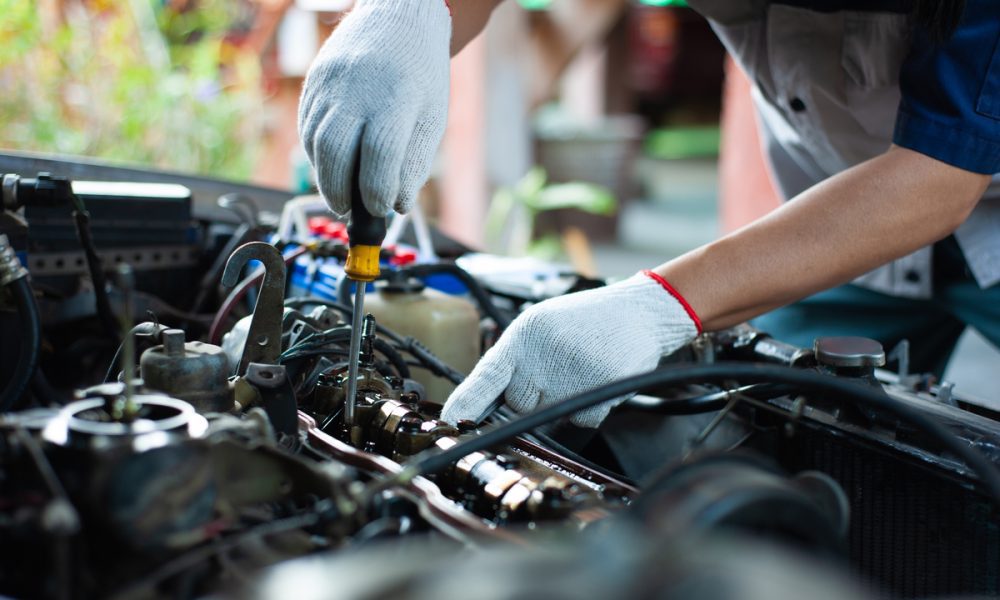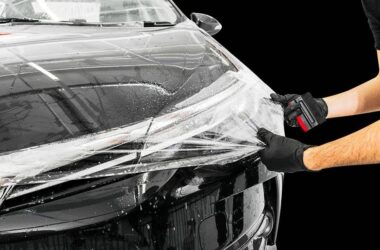Transitioning to a new maintenance plan after your vehicle has undergone substantial repairs can feel daunting, yet it is crucial for ensuring your vehicle’s long-term performance. Adjustments to your timetable are necessary after significant repairs or part replacements, and they can enhance the performance of your vehicle. This guide offers straightforward approaches for navigating this transition.
Assess Static Assets
Understanding your vehicle’s repairs is essential for evolving your maintenance approach. Inquire with your technician or repair service, like auto shop in Watership Twp, MI, about whether the repairs impacted any systems or components. When replacing an engine, it’s essential to be aware of the break-in period. Be sure to highlight any associated elements such as filters or fluids that might necessitate adjustments in maintenance intervals. Understanding the specifics allows you to craft a tailored maintenance strategy.
Explore Recommendations for Manufacturers
Every vehicle is accompanied by a maintenance schedule from the manufacturer, outlining the performance benchmarks to be met. Review this schedule following significant renovations. Stay alert for inspections, tire rotations, oil changes, and filter replacements. Guidance on repairs frequently evolves based on the components used or the vehicle’s age. Adhering to the manufacturer’s guidelines will ensure longevity and reduce strain on freshly installed parts.
Revise Schedule
After assessing the repairs and the manufacturer’s recommendations, we should craft the new maintenance schedule. Periodically, it’s essential to refresh the oil, evaluate the brakes, and rearrange the tires. After extensive repairs, it’s clear that further evaluations will be necessary soon. It is crucial to focus on vital systems like the cooling system or the brakes, as they may have experienced strain during the repair process.
Take into account the break-in periods for components.
Take into account the adjustment periods for newly installed or repaired components. Engines and components frequently need meticulous attention following their installation. This might necessitate more regular inspections to guarantee that everything is functioning seamlessly during the initial few hundred miles. Once this initial adjustment period is complete, you can lessen the frequency of inspections, but remain attentive to any unusual sounds or performance concerns.
Take into account the effects on the environment
Take into account your driving surroundings as you adapt to your updated maintenance plan. When navigating challenging weather conditions, off-road adventures, or heavy traffic, it’s essential to refine your maintenance strategy. Under these challenging circumstances, it may be essential to conduct more regular inspections or to replace fluids and filters sooner. Taking into account your driving habits and surrounding conditions will enable you to develop a tailored and efficient maintenance plan.
Final Thoughts
Ultimately, after significant repairs, maintaining consistency is essential for vehicle upkeep. Document each maintenance task you complete, noting the dates and specifics involved. Maintaining a well-structured record enables you to monitor the vehicle’s performance and your fresh routine effectively. A comprehensive maintenance record will enhance selling or warranty discussions. Implementing these strategies and exercising care will ensure your vehicle endures for many years to come.


















